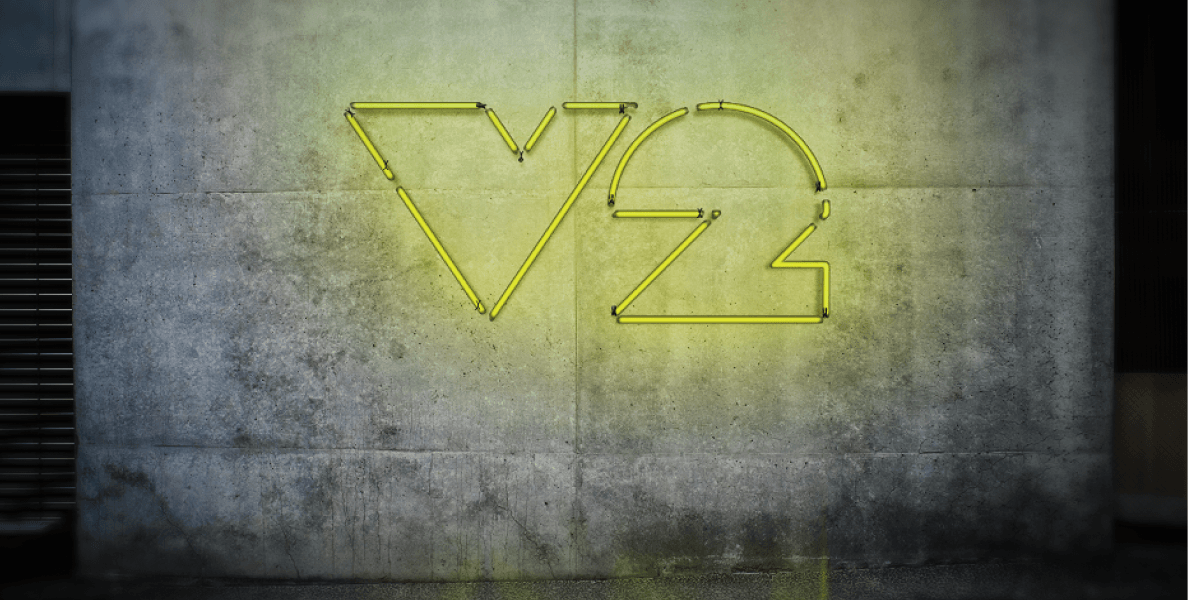How we design and develop new digital products, services, and platforms has evolved significantly over the past decade. There is no longer a clearly defined beginning or end. Instead, digital products and services are in a state of continuous development. Why? Consumer needs are changing rapidly, driven by new trends and technology, and if organisations do not keep up with these changing market needs, they will be left behind.
Continuous Product Design (CPD) is an approach to product design that emphasises collaboration, iteration, and rapid experimentation. It is a process that allows product teams to continuously learn from user feedback and gain insights to make iterative product improvements. CPD increases the speed at which we can deliver value through rapid delivery and testing in the market with real consumers for live and actionable feedback.
Four Benefits of Continuous Product Design
Faster time-to-market: CPD allows teams to iterate rapidly on designs and gather user feedback. Faster product releases allow companies to stay ahead of their competition and stand out in the market.
Improved user experience: The key to success is the ability to constantly learn from and understand your customer. By continually gathering feedback from users and iterating on designs, CPD can help ensure that products are constantly meeting the changing needs of users and providing a seamless user experience.
Better alignment with business goals: By continuously testing and iterating on product designs, teams can ensure that their products align with the company's overall business goals and objectives.
Reduced risk: CPD allows teams to identify and address potential issues early in the product development process, reducing the risk of costly and irreversible mistakes down the line.
Creating a quality digital product or service is desirable for the consumer, viable for the business and feasible to deliver. To deliver quality digital products, you need a team with the capabilities, mindset, creativity and focus on delivering meaningful experiences.
How do you start the movement of adopting Continuous Product Design practices in your organisation with the right culture underpinning its success?
Six Steps to Start Adopting Continuous Product Design
Start with a clear understanding of your users: Before beginning any design work, it's essential to have a deep understanding of your users and their needs. This can be gained through user research, surveys, or other user feedback methods.
Foster a culture of collaboration: CPD requires close cooperation between designers, developers, and other stakeholders. Creating a culture that values open communication and collaboration is vital to the success of CPD.
Set up a system for gathering feedback: CPD relies on rapid user feedback to drive iteration and improvement. Setting up a system for collecting feedback, such as user testing sessions, surveys, or feedback forms, is essential.
Use rapid prototyping tools: Rapid prototyping tools like Figma, Sketch, or InVision allow designers to create and test designs quickly. These tools can help speed up the design process and allow for more rapid iteration.
Embrace agile methodologies: CPD closely aligns with agile methods such as Scrum or Kanban. Embracing these methodologies can help teams achieve “Team Agility” and prioritise the most important features and improvements.
Make CPD part of your team's workflow: To truly adopt CPD, it must be integrated into your team's workflow. This means setting up regular feedback cycles, prioritising design improvements, and making iteration a key part of the product development process.
Continuous Product Design is continuously measuring, learning and improving - all whilst in production. Learning in production may sound like an unsettling concept. However, it is crucial when discovering whether the product delivers the desired value with rapid, real-time feedback. Platforms exist today that help to surface these customer insights and learnings, which empowers businesses with a customer-defined and quantified approach to building better digital products.
Which companies have benefited from implementing a Continuous Product Design approach and are now leading examples in their field?
Four Examples of Companies Leveraging CPD
Continuous Product Design (CPD) is a relatively advanced approach to product design, but it is gaining popularity among tech companies and startups. Here are a few examples of companies that are currently leveraging CPD:
Airbnb: Airbnb's design system constantly evolves based on user feedback and experimentation. The company also has a dedicated design operations (DesignOps) team that works to ensure that designers have the tools and resources they need to work efficiently and collaboratively.
Spotify: Spotify's design team uses a continuous design process to create personalised and intuitive products. The company's design system is based on a set of design principles that are continually refined based on user feedback and data.
Intuit: Intuit has a user-centred design process that focuses on creating products that are easy to use and solve real-world problems. The company uses a variety of tools and methods, including rapid prototyping, usability testing, and data analysis, to continuously improve its products.
Uber: Uber's design team focuses on creating products that are easy to use and intuitive. The company uses various design tools and methods, including user testing and prototyping, to continuously improve its products.
These are just a few examples of companies currently leveraging Continuous Product Design. As more companies adopt this approach, we can expect to see a greater focus on collaboration, experimentation, and iteration in the product design process.
Summary
By following the insights outlined in this article, product teams can start incorporating CPD into their workflow and begin reaping the benefits of this approach by creating quality digital products that rapidly deliver on an organisation’s promise to consumers.
Adopting Continuous Product Design can provide numerous benefits for product teams, including faster time-to-market, improved user experience, better alignment with business goals, and reduced risk. An additional advantage I haven’t mentioned is the overall satisfaction of your team members and their want to work with your business. By using CPD methodologies, they can see and experience the actual digital transformation results from their input, reducing the rate of feeling vulnerable and uncertain. Check out Craig Howe’s Insight Article on The 5 Principles of a Human-Centric Approach to Transformation to better understand the impact of change.
To modernise your approach and jumpstart your CPD adoption, reach out to the V2 Digital team via hello@v2.digital.




